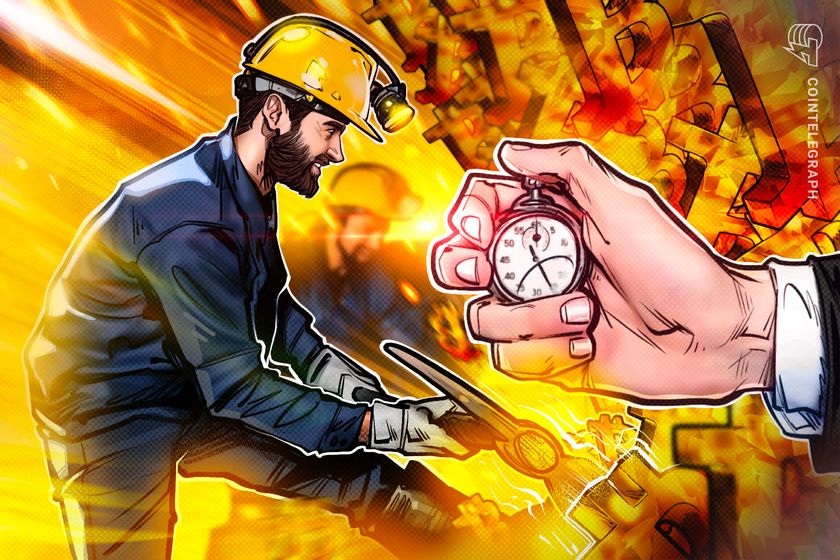Times Square: Billboard HQ
getty
“If a picture paints a thousand words then why can’t I paint you?” – David Gates/Bread
I don’t know if humans created paintings before they created language, but it’s safe to say that telling stories through images is one of our oldest forms of communication. Fast forward to today and the leaders of the out-of-home advertising industry – “it’s not just billboards anymore” – are working to modernize their business with the latest developments in artificial intelligence and advertising technology. How are they doing? To answer that I spent some time with a group of folks at the vanguard of the business.
The Digital Place-based Advertising Association (DPAA) is gathering in New York this week and it’s a worthwhile moment to look at what is happening in this corner of the media advertising world. The overall size of the outdoor ad market (also called out-of home or OOH) is $9-10 billion in the U.S. This isn’t insubstantial but still dwarfed by linear (broadcast and cable) TV, which still brings in $65 billion of annual revenues, and digital platforms such as YouTube, which gained more than $10 billion in ad revenue in the last quarter alone. I won’t even bother with comparisons to the search business.
But the real story for the out-of-home advertising industry isn’t about mass scale, it’s about digital-driven growth. And for DPAA head Barry Frey, that means AI: “Heading into our annual Summit I’m quite excited about the conversations the industry is having about AI, and the role our members are taking in aggressively leading the industry towards use and better optimization of AI.” The introduction and wider adoption of AI in the out-of-home market is aimed at enhancing the full journey of buying and selling outdoor advertising: from finding and targeting the right audiences to planning campaigns to delivering and refining the right content, while facilitating changes as needed all along the way.
Changing the narrative
As even some of the industry’s biggest fans point out, one of the great challenges for the industry has always been the difficulty of buying advertising compared to competitors from linear TV and digital platforms. Chris Gedek is the CEO of AdQuick, one of the leaders in out-of-home advertising innovation, told me that in his previous role as an ecommerce marketer the difficulty of buying out-of-home left him with a “salty taste,” part of the motivation for joining AdQuick and changing that. Out-of-home advertising operated in its own insular ad buying ecosystem, much more about the “vanity” of having a cool billboard than about demonstrating how your purchase of OOH advertising was delivering results.
Lucy Rabinowitz, the Chief Revenue Officer of programmatic outdoor advertising company Vistar Media (now owned by T-Mobile) told me that when she joined the industry a decade ago part of her pitch was “I’m good at explaining and selling things that people don’t understand.” Making it easier rather than harder to do that has been the industry’s mission for the last decade and especially the last few years.
Becoming a part of the mainstream ad market
Shiv Singh is a deeply experienced marketer, including stints at Lending Tree and Visa, and is the author of AI Marketing for Dummies. The man knows how to navigate the landscape of competing media platforms. As he told me, the infusion of digital technology and AI is “permitting out-of-home advertising to sit at the adults’ table.” Singh pointed out that this technology innovation is following what Facebook and Google learned years ago – provide your buyers with the equivalent of the “Easy button.”
Singh emphasized that the use of AI “has the potential for digital out-of-home to have the same renaissance as Connected TV [streaming].” Buyers can move from an attachment to the “vanity” of buying a single screen – think of a Coca-Cola ad in Times Square – to “using trillions of data points to drive programmatic ad buying – on CTV, on the web, on your phone and on digital OOH at the same time. This is the language of digital marketing.” And vital to this integration is the ability to compare OOH advertising audiences, ad inventory, and pricing not only against other OOH options, but against the market on other digital platforms. As AdQuick’s Gleck told me, AI facilitates the “stitching” of the end-to-end OOH buying process with the broader world of digital advertising.
Prioritizing speed, simplicity, and agility
Premesh Purayil is an OOH advertising “newbie,” joining Outfront Media, one of the leading OOH owner/publishers in the U.S., as its Chief Technology Officer last year. Purayil brings years of software and ad tech experience to the industry and told me that OOH was long the purview of a small cadre of OOH experts inside of the major advertising holding companies. Unless you were a big enough advertiser to warrant the attention of those agencies and their small, dedicated OOH teams, diving into OOH advertising was too hard.
For Purayil, like many at the industry’s forefront, it is not just about getting big time advertisers to buy more billboards but facilitating an ease of purchase for a wide array of smaller brands and agencies as well. Once again, a playbook the digital giants began to dominate years ago. Jonathan Gudai is the CEO of Adomni, which along with AdQuick is helping lead the charge towards self-service ad purchasing for OOH. This wouldn’t be breaking news for the “mainstream” digital ad marketplace but is a revelation for OOH.
According to Gudai, Adomni’s JeenAI platform does the work in ad buying that might have been done previously by ten people, and with far more precision and speed. Based on ten years of historical industry data, JeenAI permits a buyer to research, plan and execute a campaign directly on its platform “at the touch of a button” (one supposes voice activated is due soon?). AdQuick takes a similar approach, going one step further by integrating even non-digitized out-of-home ad inventory by leveraging capabilities such as “geofencing” and mobile phone data to identify audiences close to even non-digital “static” billboards. And for both platforms as well as ad buyer and seller customers, the most critical capability is using their AI tools to permit rapid changes in ad buys in response to how well – or not – campaigns are performing.
Upping the creative game
Can you imagine how hard it is to deploy content quickly to thousands of static billboards in locations all over the country? From painting to delivery to installation to fixing mistakes, it can be a lengthy and challenging process. And there may be little ability for marketers and their agencies to shift content quickly. With the advent of Generative AI in particular, Gudai raved about the ability for marketers to make their “creative more contextually relevant” to start with on dozens of screens with enhanced audience targeting data. And AI affords what he called “creative elasticity – taking one idea and stretching it across multiple platforms” including OOH but mobile, digital display, and streaming as well. Singh pointed out that OOH won’t be immune from all of the same trepidations about AI’s facilitation of ever-more deepfakes and disinformation. It will be up to the industry itself if no one else to apply sensible guard rails.
Once again, as Gleck pointed out, it’s AI “stitching” that makes all of this possible – for better or worse maybe when it comes to Generative AI. No media platform is an island under this scenario. Welcome to the adults’ table.
Source: https://www.forbes.com/sites/howardhomonoff/2025/10/13/how-ai-innovation-is-changing-the-picture-for-out-of-home-advertising/



